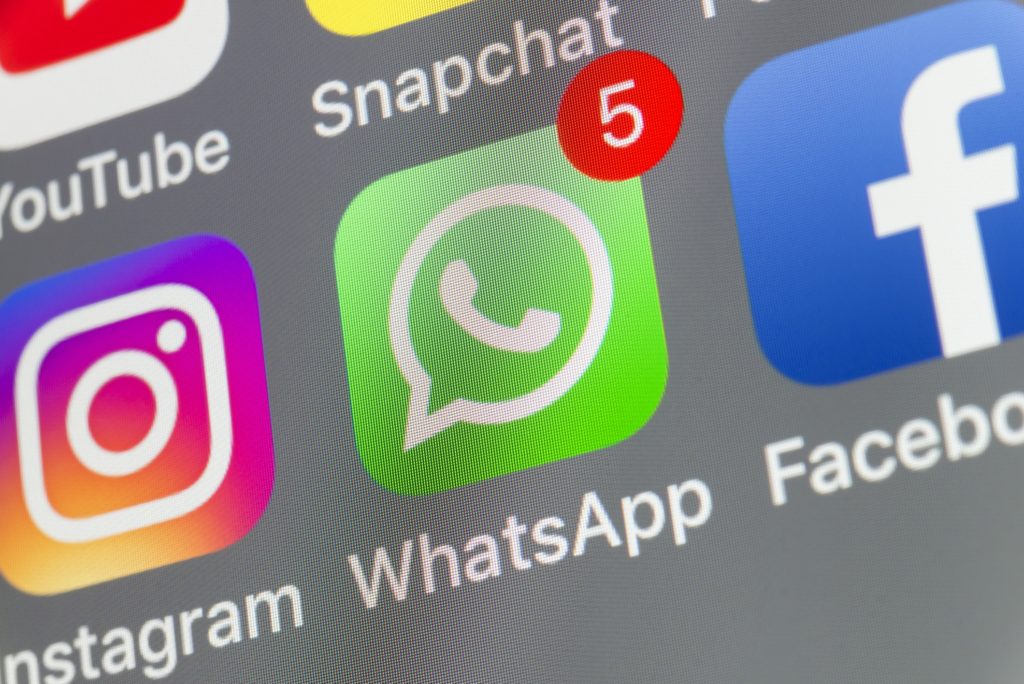January 8, 2024
Should You Provide a Work From Home Stipend? [Guide for Businesses in 2024]
Do you provide a work from home stipend for your remote employees? If not, perhaps you should. Between 2005 a...

This article will cover some examples of asynchronous communication, also known as async.
With remote work growing worldwide, asynchronous communication is becoming more commonplace. The norm is shifting away from inefficient real-time communication, to communication styles that allow people to respond within their own time frame.
Yet, while asynchronous communication is widely associated with remote work, it’s something that can benefit traditional businesses as well.
Read on as we discuss the rise of asynchronous communication in the workplace, and share some examples of async in action.
Asynchronous communication is when people communicate in a way that doesn’t require a response right away.
For example, when you’re talking on the phone, or face to face over coffee, you have to respond to the other person right away. This is an example of synchronous communication.
Asynchronous communication is something like an email thread. Someone sends you an email, and you respond to them when best suited.
There are several benefits of asynchronous communication like fewer disruptions, more thoughtful responses, and the ability to be more flexible as a business.
To be fair, both asynchronous and synchronous communication have their merits in the workplace. And there’s no need to restrict workplace communication to one or the other.
But for remote businesses in particular, it’s essential to figure out how to use asynchronous communication efficiently, as there are fewer opportunities for regular synchronous communication.
Still struggling to get the gist of what asynchronous communication is?
Here are some examples of asynchronous communication, many of which you’re probably already using in your day-to-day workflow.
Software tools like Asana, Trello, Monday.com, ClickUp and more are one of the most common ways to do asynchronous communication.
With these tools, team members share feedback, ask questions or provide updates related to a task, and fellow team members reply or share their own thoughts in their own time.
This happens asynchronously, as comments and replies are not all happening at the same time.
At the heart of this are virtual workspace platforms, such as Slack and Microsoft Teams.
These are asynchronous communication tools that allow teams to communicate through private messages, or topic-specific channels, and don’t require an immediate response.
You’ll be hard-pressed to find a remote workplace that doesn’t make use of something like Slack or MS Teams, because of how central they are to the process of asynchronous communication.
Related Reading:
Slack Statistics: Behind the Platform Powering the Remote Work Industry
Despite what the word “instant” might imply, instant messaging apps are a way to do asynchronous communication as well.
Whether it’s WhatsApp, Messenger, Viber, Discord, or any other app, as long as messages remain available after they’re sent (i.e. they don’t disappear after a short time, as some apps do), these can be asynchronous communication methods.
This is because you can message someone with a question or comment, they can reply back at their own pace, and you can continue the conversation thread in this manner.
Instant messaging is not always the most efficient form of asynchronous communication, as conversation history is not always the easiest to look back on and review, however it is an example nonetheless.

Of course, you know how email works, and one might say it is the OG of business asynchronous communication.
Just like instant messaging, or messaging via Slack/Teams, email is a way to communicate and collaborate in a staggered manner, rather than real-time, synchronous communication.
Email has been around in the workplace essentially as long as the internet has been around – showing us that asynchronous communication is far from a new concept.
Screencast or screen recording tools can be an effective way to communicate in asynchronous way.
With tools like Loom or Bubbles, you can make a video detailing any questions or comments you may have related to what’s on your screen, and other team members can look at it and respond when they have the time.
The synchronous communication equivalent to this would be calling someone into the office and pointing out what you have to say in real time. In comparison, screencasts are much more efficient, and have the added advantage of being able to refer back to what the person said on demand, simply by replaying the video.

Commenting on asynchronous collaboration tools is another common way to do async.
Tools like Google Docs, Google Sheets, Figma and many more allow teammates to share their work and leave comments, and use these comments to communicate in a staggered manner.
The beauty of these tools is the ability to integrate communication threads directly with the project in question, as well as the way you can conduct a discussion without needing to be in the same place or working at the same time.
Further Reading:
The Best Remote Work Tools for Businesses, Remote Workers and Freelancers
While direct messages or messages to a channel in Slack (or Teams) are a common form of asynchronous communication, there are also a number of Slack apps that facilitate asynchronous communications.
An app like Geekbot, for example, does daily stand-ups in an asynchronous way, replacing the synchronous alternative (which would be a productivity-sapping meeting where everyone gives an update on what they’re working on).
Or Flamingo, which is an asynchronous leave tracker, an alternative to needing a real-time discussion where you ask a manager for time off (a process which is nerve-wracking for many people, and results in big issues such as burnout and presenteeism).
If you listen to hype-pieces about remote work, you’ll probably hear that asynchronous communication is the only way to work, and that in-person or synchronous communications are never worthwhile.
While async does allow businesses to work more efficiently, there is a place for synchronous communication as well, in both remote and non-remote workplaces.
Synchronous communication, in some cases, is actually more efficient. It lets teams work through issues, brainstorm and collaborate on projects at a faster pace, as you get an immediate response, and there’s no need to wait for the other party’s reply to come in.
There’s also the social aspect, which can’t be discounted. Teams that give themselves over completely to asynchronous communication can end up with disconnected and disengaged team members, because this in person or face-to-face (even if it may be over a video call) aspect is missing.
If all workplace communication happens this way, however, there’s no time for deep, uninterrupted work, and there can end up being huge, inefficient delays as you wait for someone to become available for an in-person chat.
So, summing up, synchronous and asynchronous communication have their place in a modern working environment. The businesses that understand this will be those that thrive in the changing landscape of work and communication.
Async communication removes pressure from coworkers to respond immediately to messages, which comes for some big benefits for efficiency and workflow.
There are many ways in which this communication style is used in the workplace, from project management tools, to instant messages, email and Slack, to apps like Flamingo.
As more businesses transition to an asynchronous workplace culture, you’re likely to see this come to the forefront for both remote and classic office-based businesses.
There’s still room for video conferencing, one-on-one calls, in-person chats and other forms of synchronous communication. But to get more done in your business, make sure you’re making use of asynchronous channels where possible.
Flamingo makes managing your team’s paid time off a breeze.